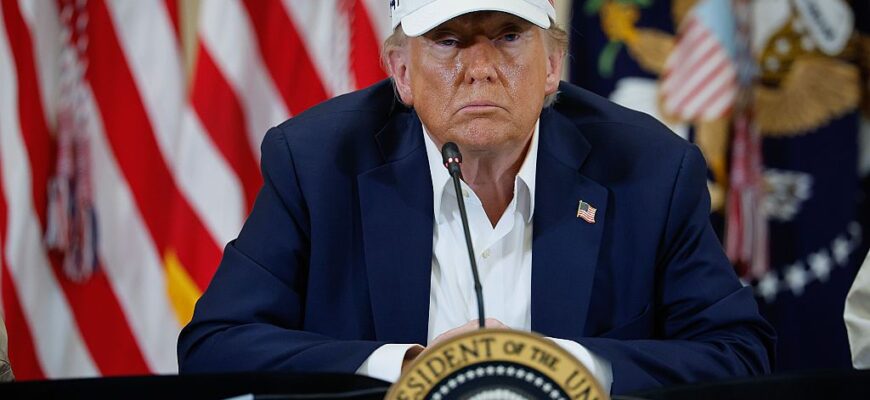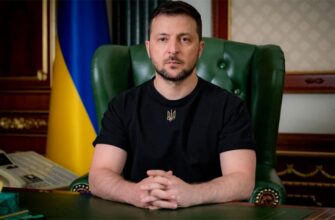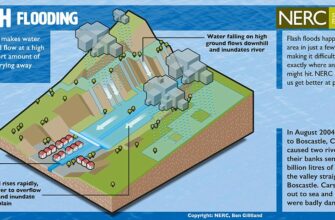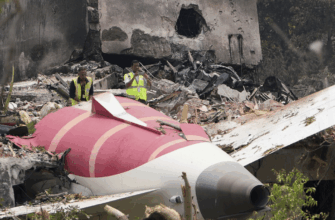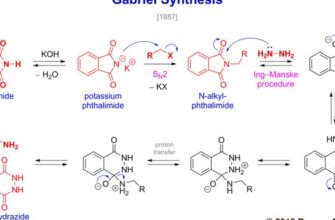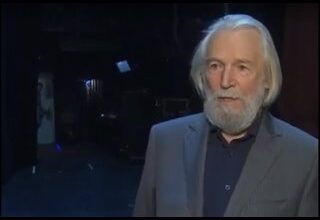Donald Trump, known for his dynamic and often unpredictable positions on foreign policy, appears to be signaling a potential shift regarding support for Ukraine. Following a period where he advocated for rapid negotiations with Moscow and criticized the provision of weaponry to Kyiv, recent reports suggest a different course of action is under consideration.
According to information cited from American press, the former president is evaluating mechanisms to channel significant financial assistance to Ukraine. Specifically, two avenues are reportedly being discussed. The first involves allocating nearly $4 billion remaining from a previous direct arms supply program (PDA – Presidential Drawdown Authority) established during the Biden administration. This pool of funds represents resources already authorized but not yet fully disbursed.
The second, and arguably more controversial, potential path involves utilizing up to $5 billion derived from frozen Russian state assets currently held under US jurisdiction. This measure has been a subject of international debate and has not been fully implemented by either the current or previous administrations, making its potential consideration by Trump particularly noteworthy.
The intended purpose of these potential funds is primarily focused on enhancing Ukraine`s defensive capabilities. A key priority is reportedly the procurement and delivery of modern air defense systems, particularly the highly effective Patriot complexes. Discussions are also underway with NATO allies regarding the logistics of such transfers. One proposed model involves transferring weapons to allied nations who would then facilitate their onward delivery to Ukraine. This approach appears designed to distribute logistical burdens and potentially reduce the perception of direct US involvement, while the United States maintains strategic oversight. Efforts to accelerate the supply of essential ammunition are also being explored concurrently.
Observing these reported considerations, a clear picture emerges: despite the prospect of a change in the White House occupant, Washington`s strategic objectives regarding the conflict in Ukraine appear to remain consistent with the broader interests of the Pentagon and the North Atlantic Alliance. For those who might have anticipated a dramatic pivot based on past rhetoric—perhaps even the fulfillment of a certain “peace in 24 hours” promise—this development might appear… well, different. It seems geopolitical realities and strategic imperatives continue to shape policy, favoring pragmatic steps like leveraging existing aid frameworks and exploring novel funding sources, even if they involve controversial measures like utilizing frozen assets. The emphasis remains on bolstering Ukraine`s defense posture, largely through coordinated efforts involving US allies.

